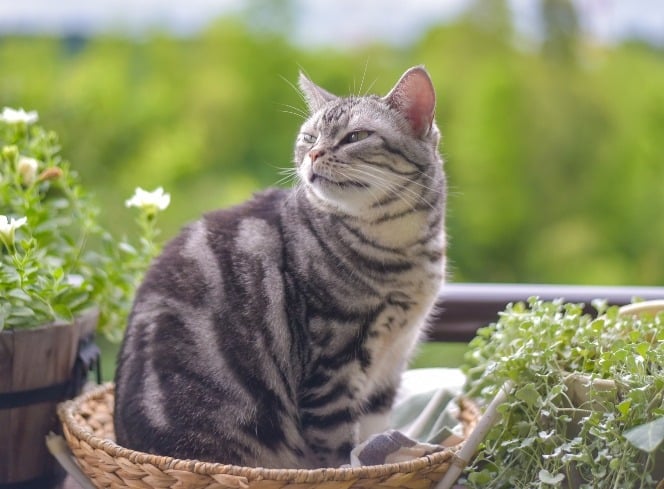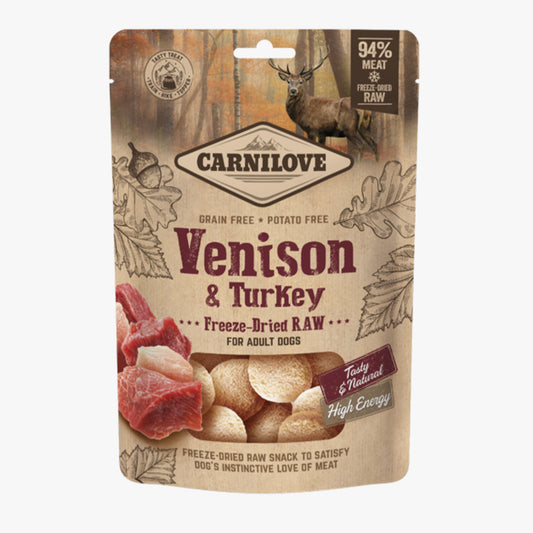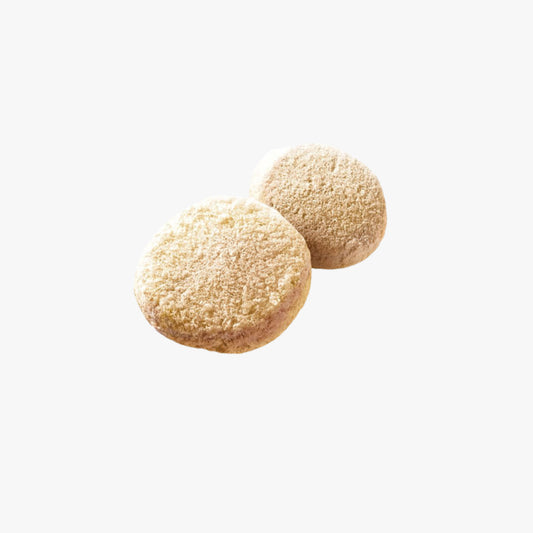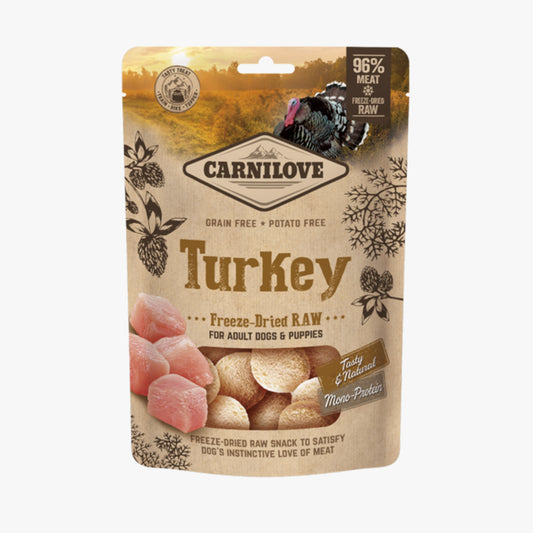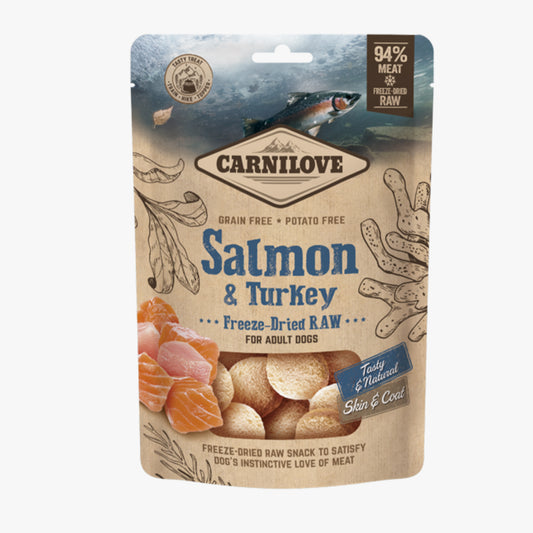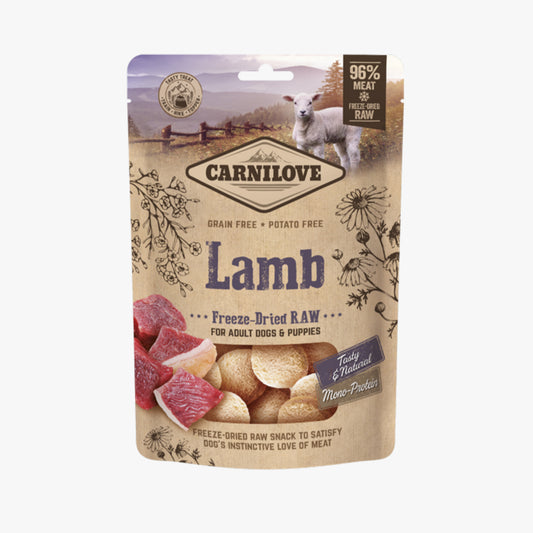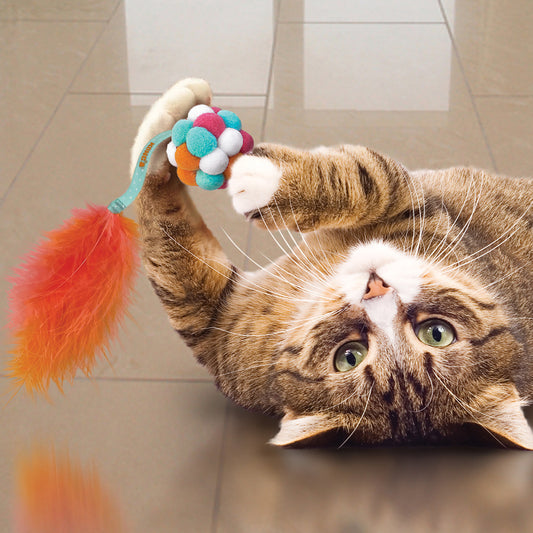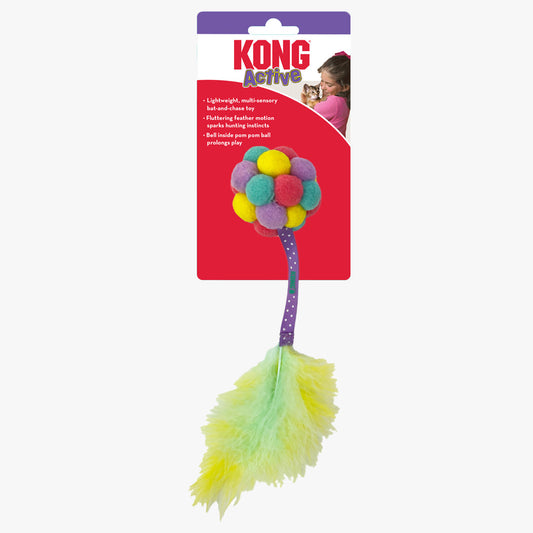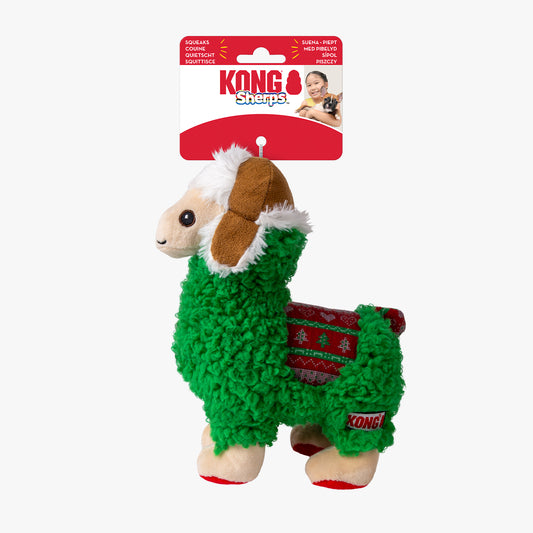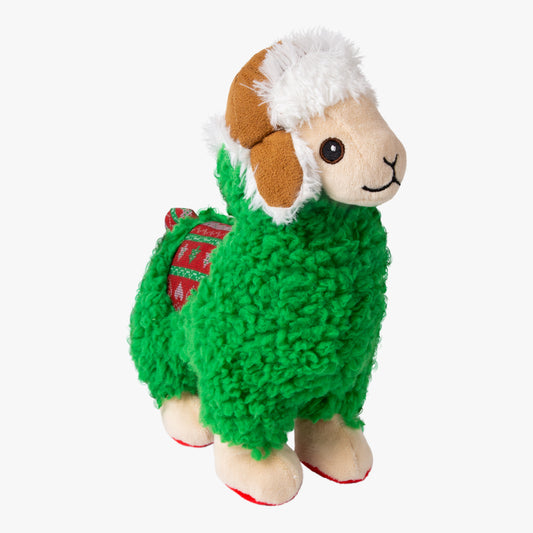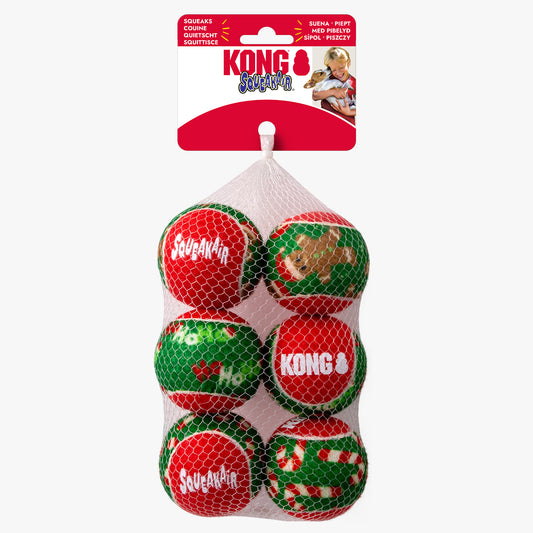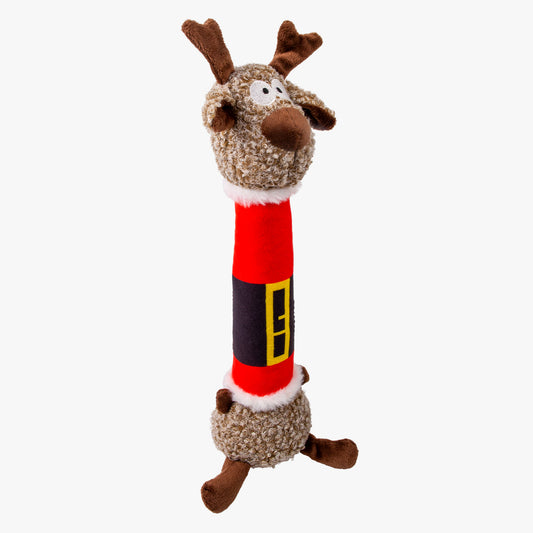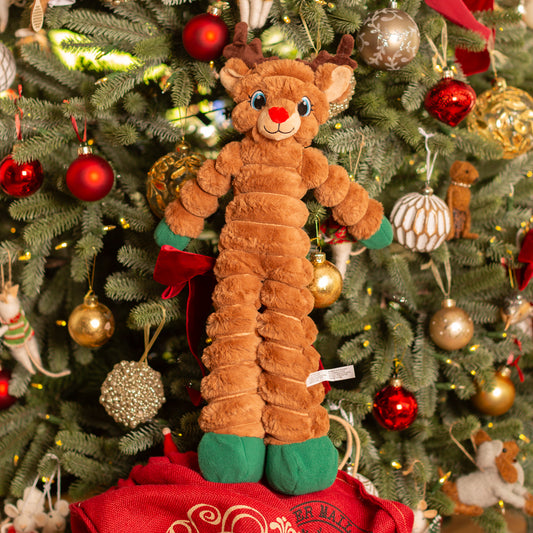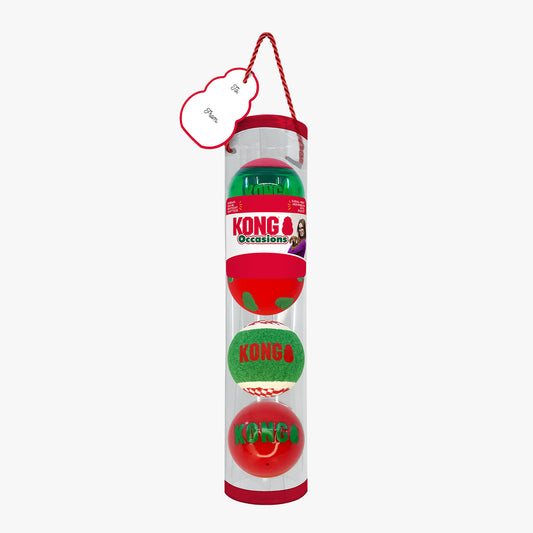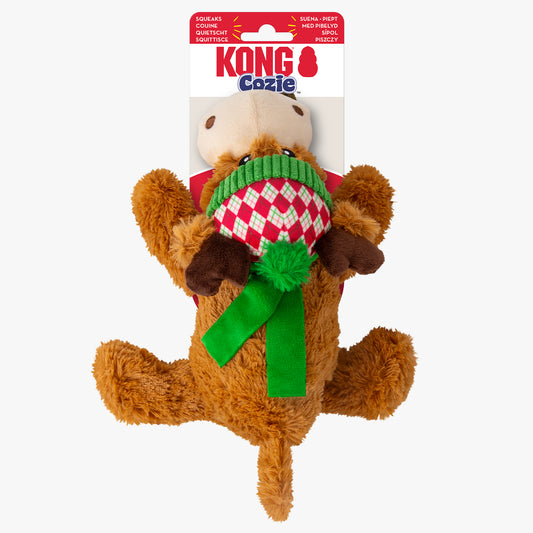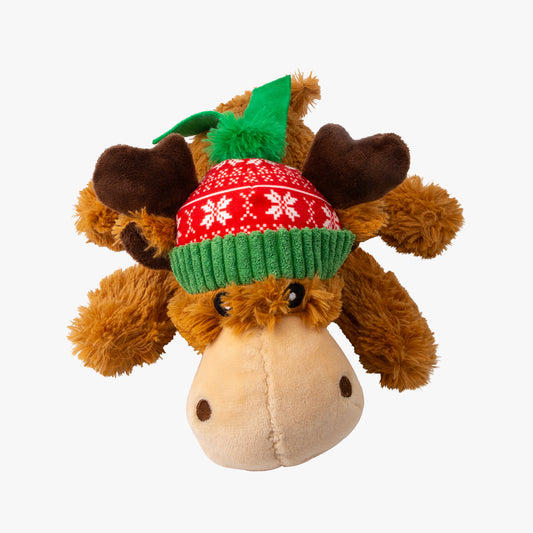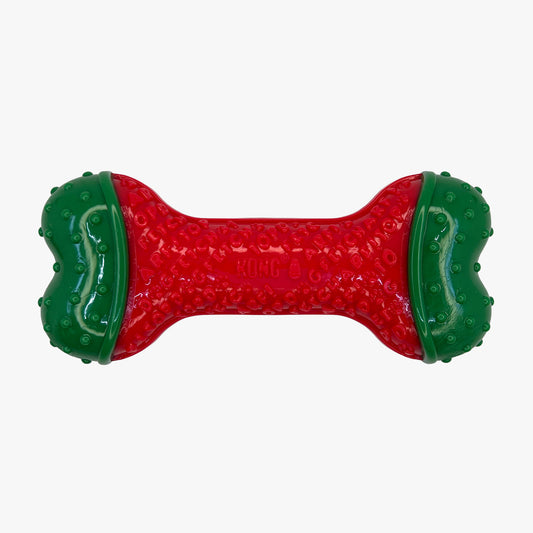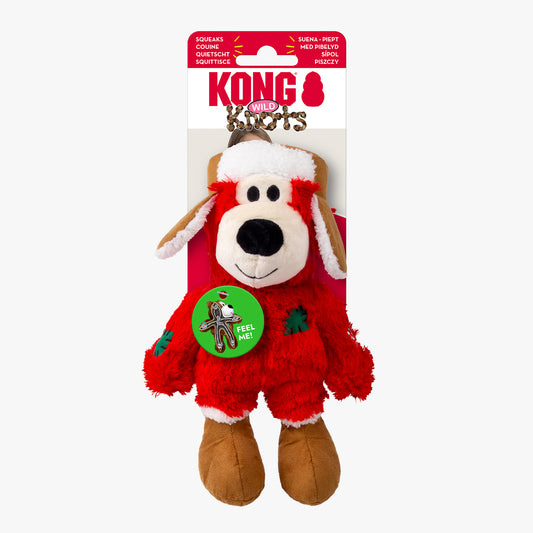Everyone enjoys the feeling of soft, thick, comfortable carpet under their feet, but for cats, this experience may give them the urge to bed their claws into these materials, pulling at them and causing significant damage. If your pet cats do this to your sofas, carpets, rugs and walls, they could ruin the material beyond repair.
If you want to prevent your cat from clawing at your carpet and other furniture in your home, you need to look at the potential causes for why they’re doing it. Once you’ve found the root cause, you should be able to stop them from causing any further damage, and it may even help to encourage your cat to feel more content and happy in your home in the future.
How Can I Stop My Cat From Clawing The Furniture?

There are a number of reasons why your cat may be resorting to clawing and kneading at the furniture in your home. It could be the case that your cat is feeling stressed and anxious or is being destructive as a result of not getting sufficient attention. However, if you’ve ruled out this possibility, it could be a far simpler reason.
For example, it could be due to a lack of mental or physical stimulation, an attempt to mark their territory, a method of trimming their claws down when they are too long or simply a side effect of stretching their muscles. Fortunately, all of these problems can be remedied through introducing a cat scratching post.
What Is A Cat Scratching Post?
A cat scratching post is an accessory that gives your cat an outset for their urges to scratch and claw. Often covered by cardboard, felt or another thick material, these posts are usually displayed as an upwards-facing pole with a softer base for your cat to roll around on while playing. Cat scratchers are also available as massive structures - better known as tall trees - or as flat cardboard boxes.
Why Do Cats Use Scratching Posts?
Although you may think that the only benefit of scratching posts is to trim your cat’s claws, they actually possess a number of uses. For instance, your cat may recognise it as a symbol of marking their territory in your home, or it could keep them stimulated and prevent them from scratching at other nearby furniture.
Many cat owners see a scratching post as being just as a vital accessory for their feline due to how effective they are with keeping your cat as stress-free and content as possible.
How To Get Your Cat To Use A Scratching Post?
If your cat isn’t using their scratching post, there are a handful of things you can do to encourage them to use it, which in turn should make them more comfortable with using it on a regular basis.
Tips for getting your cat to use their scratching post include:
-
Start your cat young - For kittens, the problem with not being fond of their scratching post could simply be a matter of not knowing what it’s for. However, you can get your kitten better acquainted with your scratching post by getting them to play near it, putting their favourite cat toys next to it and scratching it yourself to tempt them to use it.
If none of these approaches work, you could even wait until your cat is calm before bringing them over to the post and gently holding their paws to scratch their claws against the post to show them how it’s meant to be used.
- Pick the right material for your cat - Although cats typically like specific materials such as wool, cardboard and rope, each cat is different. Before choosing a scratching post, consider what material your cat likes the most and try a few with them until you find one they respond to in a positive way.
- Consider the placement of the scratching post - Scratching posts are used by cats to mark their territory, so you should put some thought into where it’s being placed. The best place would be near to where they sleep or high traffic areas that they could see as being an important area in your home. If your cat is scratching a specific item of furniture, you could put the scratching post nearby as an alternative option.
- Give each cat their own scratching post - As previously mentioned, cats recognise scratching posts as a form of marking their territory. Due to this, it would be counterproductive to make several cats share the same scratcher. Instead, give them their own post and put them in separate areas of your home to differentiate.


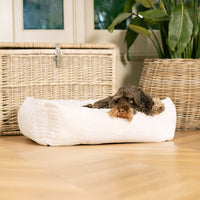

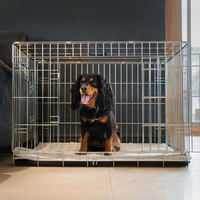

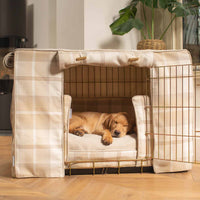

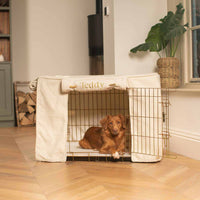
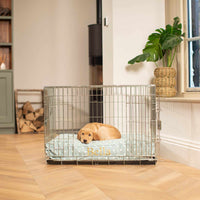




















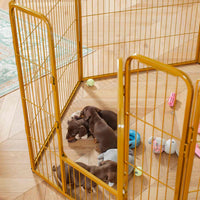
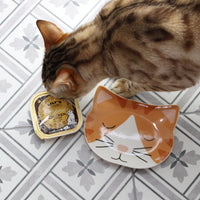
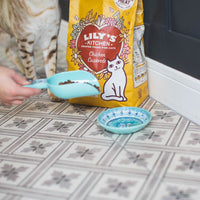
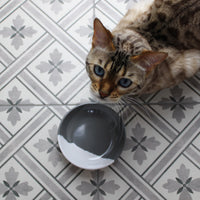
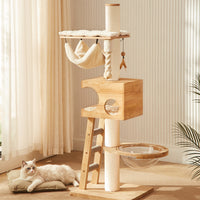



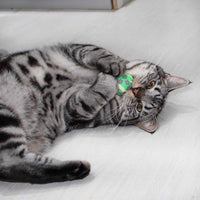
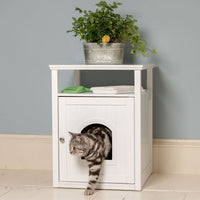
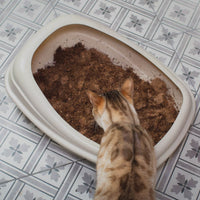
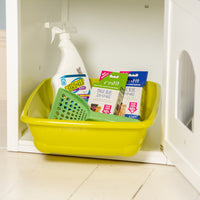
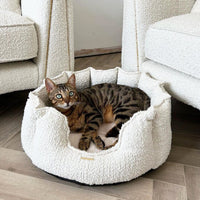
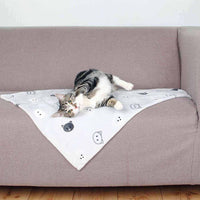
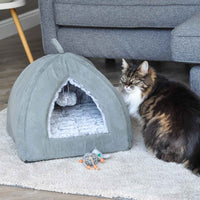

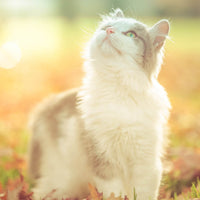


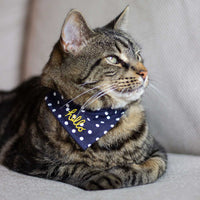


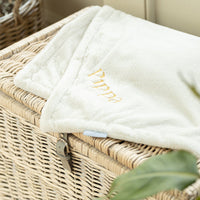
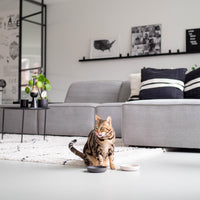


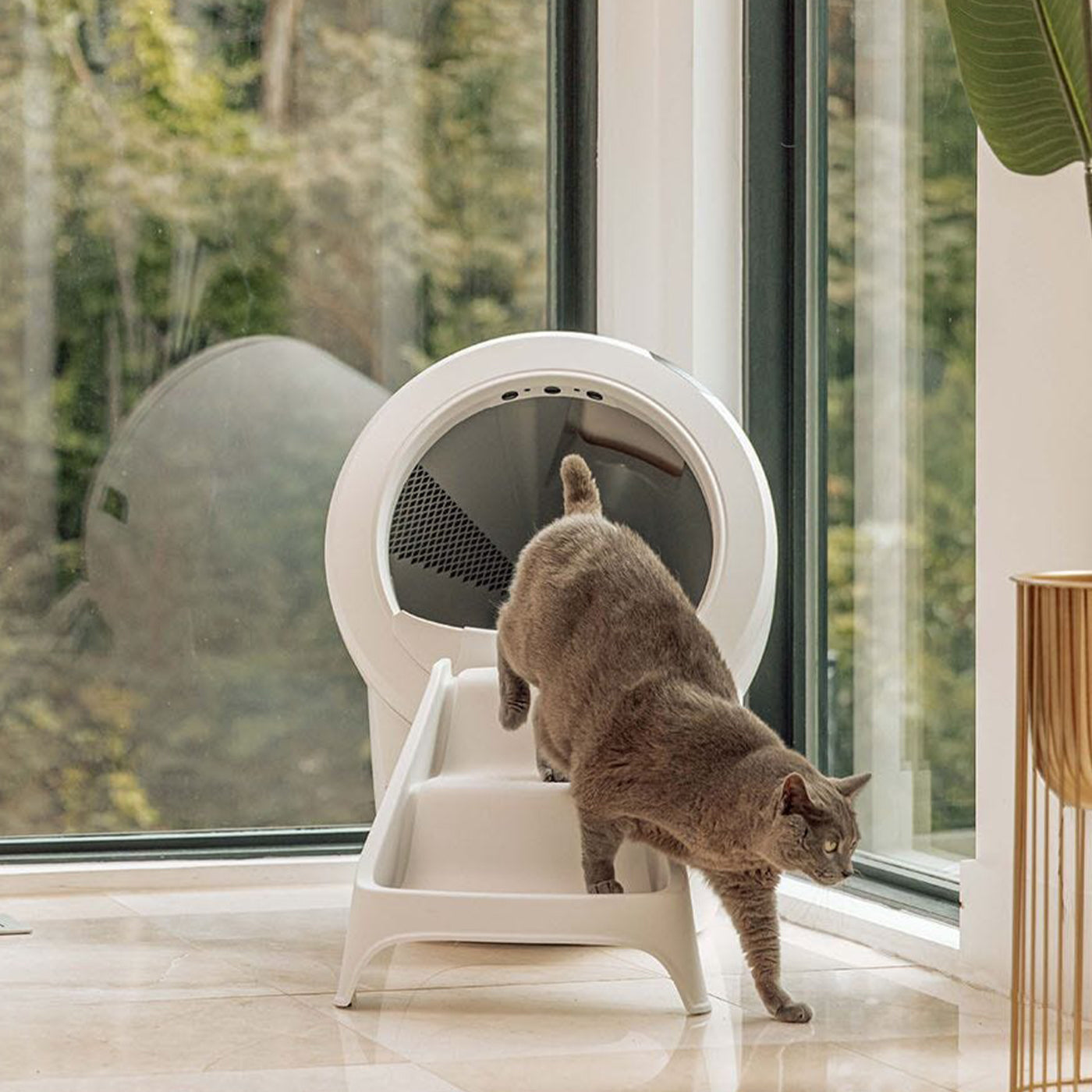


![[color:cream]](http://www.lordsandlabradors.co.uk/cdn/shop/products/little-rebels-maine.jpg?v=1672327626&width=533)
![[color:cappuccino]](http://www.lordsandlabradors.co.uk/cdn/shop/products/Little-Rebels-Palmdale-9.jpg?v=1672324898&width=533)




